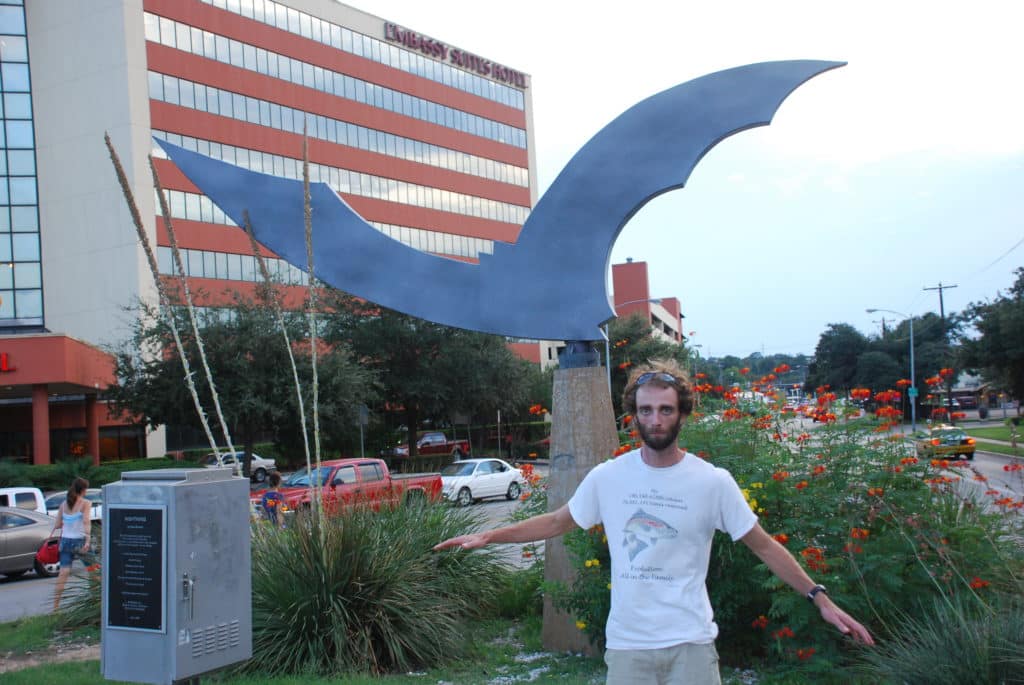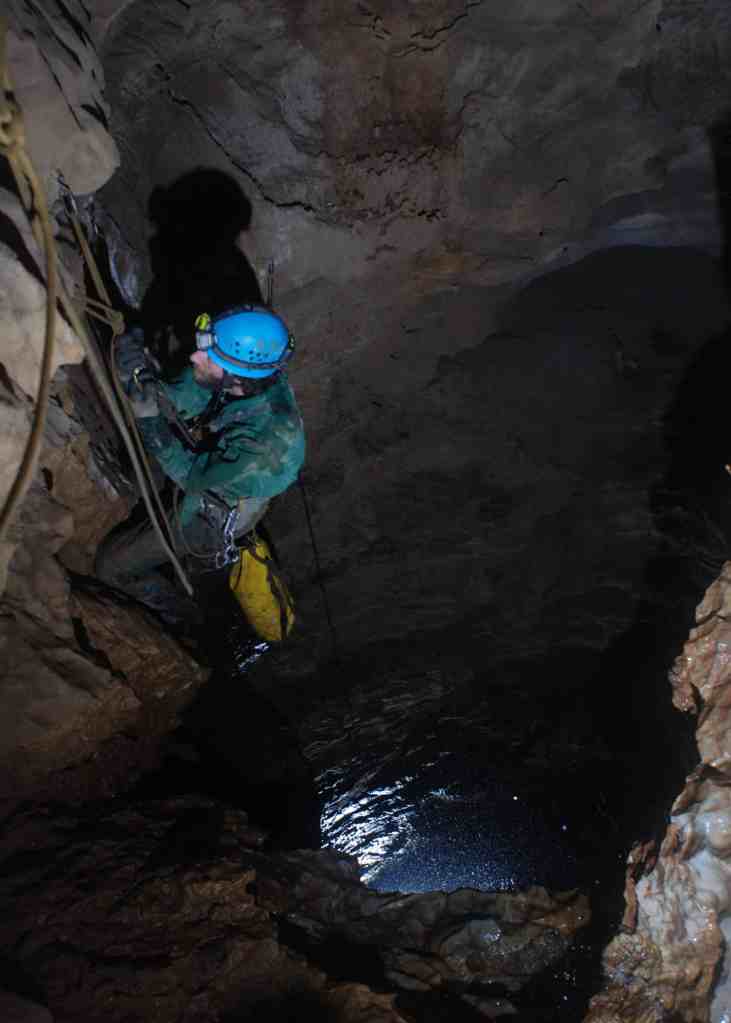Recently I’ve been increasingly interested in those travelers whose intense interest, hobby, or profession take them around the world. Be they surfers, chefs, farmers, artists, or hunters; they go to far off places to see how their specialty is done in that particular place.
I met Ben Tobin trekking in the High Sierra of California this summer. He’s the assistant cave technician (or caveman as he likes to joke) at Sequoia King’s Canyon National Park. Whether he uses traveling as an excuse to go caving or caving as an excuse to travel, he’s been exploring caves around the world for more than a decade now. I asked him about the places caving has taken him.

Table of Contents
GN: What places have you been caving?
BT: Kenya, Greece, the Bahamas, China, Mexico, and throughout the USA at various National Parks: Wind Cave in South Dakota, Mammoth Cave in Kentucky, Carlsbad Caverns in New Mexico, among others on both public and private land.
A current obsession with a lot of American cavers is China, so I took a trip there with some colleagues a couple years back. In Kenya I saw some lava tubes. Greece was for an international caving conference. And most recently, some friends and I took a road trip into northern Mexico to go caving.

GN: Do you meet any cavers in the countries you’ve visited? Do you connect through your common interest?
BT: One of the most enjoyable parts of caving in other countries is meeting cavers and other locals. Caves seem to provide a good focal point to expand our understanding of one another. Typically, locals (non-cavers) think that we are crazy for traveling around the world to crawl into a little hole in the ground. But in many ways, that provides a means for more meaningful interactions.
GN: Do you have any funny stories?
BT: We were in a remote region of Hunan Province in China, living with a local farmer, exploring and mapping some nearby caves. It was a group of six cavers from the US and Britain along with three Chinese cavers. Every day we returned home, exhausted from spending the entire day caving—crawling, climbing, hiking around—that we would have a few drinks, crash, and crawl into our sleeping bags for the night. Well, apparently one family in the village ended up calling the police to find out if we were legally allowed to be there.
The police arrived to investigate and asked us for our passports. Because we didn’t really understand what was going on, we all began to grow nervous.
Apparently a neighbor had reported to them that we were “really strange” and would “go crawling in the dirt all day and then not take a bath and then get into our sleeping bags to marinate in our own stink.”

GN: What is the attraction to climbing into these sometime dangerous and small spaces in the earth?
BT: What gets me excited about caving, I think, is the same thing that got explorers energized about traveling to uncharted lands, the unknown. Not only are we exploring passages that people may not have ever seen, but understanding how these places work. Understanding the life that’s there, the ecosystems that have developed, and generally understanding more about this part of the world that we don’t know too much about.
GN: What’s the difference between spelunking and caving?
BT: My personal definition of the two and one I think is held by most cavers is this: People who go into caves generally fall into two categories. There are those who understand the unique delicate nature of caves, as well as some of the inherent danger of these places, and those who don’t understand that. People who enter caves and are prepared for the environment they are entering (both for their own safety and the safety of the cave) are cavers. Spelunkers are not prepared and often do not recognize the importance and unique beauty around them.
GN: Do you travel for caves or do you cave to travel?
BT: It entirely depends on the situation. Some places the caving is so enticing that that is the driving force behind going there. Other times it’s the culture and environment of a place that provides a really good excuse to travel to the cave.

GN: What are the best regions of the world for caving?
BT: World caving hot spots right now depends somewhat on the type of caving people like. If you are into cave diving (SCUBA diving in caves), then the Yucatan of Mexico is probably the place to go.
China is hot right now because of its mostly unexplored caves and the opportunities to map and discover these areas.
For vertical caving (using ropes to lower yourself into caves), Mexico and the Caucasus are on the top of the list.
The United States is actually a substantial caving destination. Some of the longest known caves are located here. Mammoth Cave is the world’s longest with over 360 miles of mapped passage and Jewel Cave comes in second with 150 miles.
Southeast Asia up into China has some of the largest rooms and passages in the world. I know cavers who enjoy these areas not only for their caving, but for the environment they are located in. In a place like Borneo, for example, you are surrounded by tropical rain forest as you hike around looking for cave entrances.
GN: What areas are on your must-see list?
BT: My must-see list is way too big. Currently, I have an obsession with marble caves, which are much less common than those made of limestone. In addition to California, there are marble caves in Norway, Madagascar, and New Zealand that I would like to explore.
I’d love to return to China as well and also check out some caves in Southeast Asia. And the Pantanal in Brazil is a place I’d like to investigate too.
But basically if there is a country that has potential for caves, I have a lot of interest in going there.
